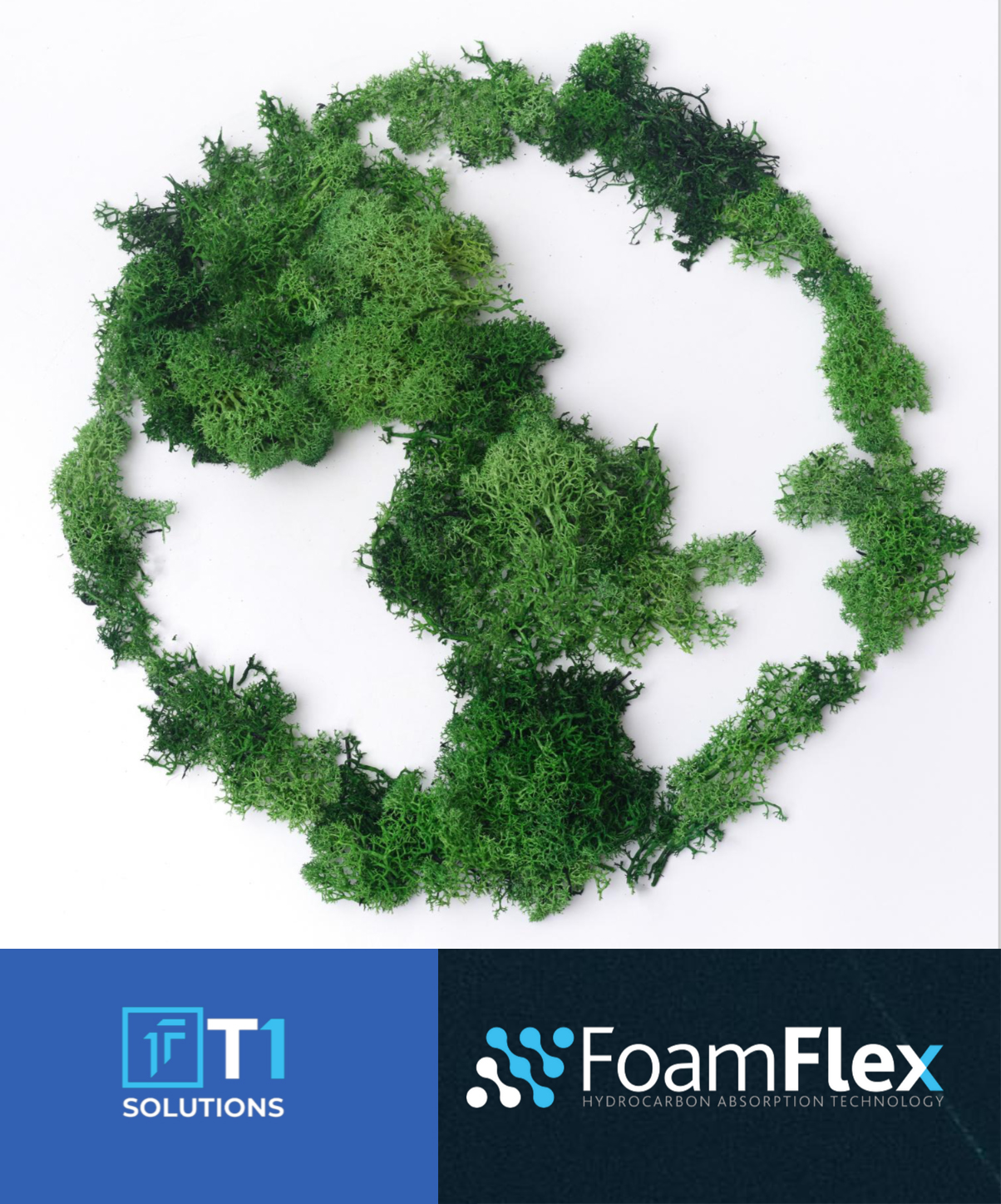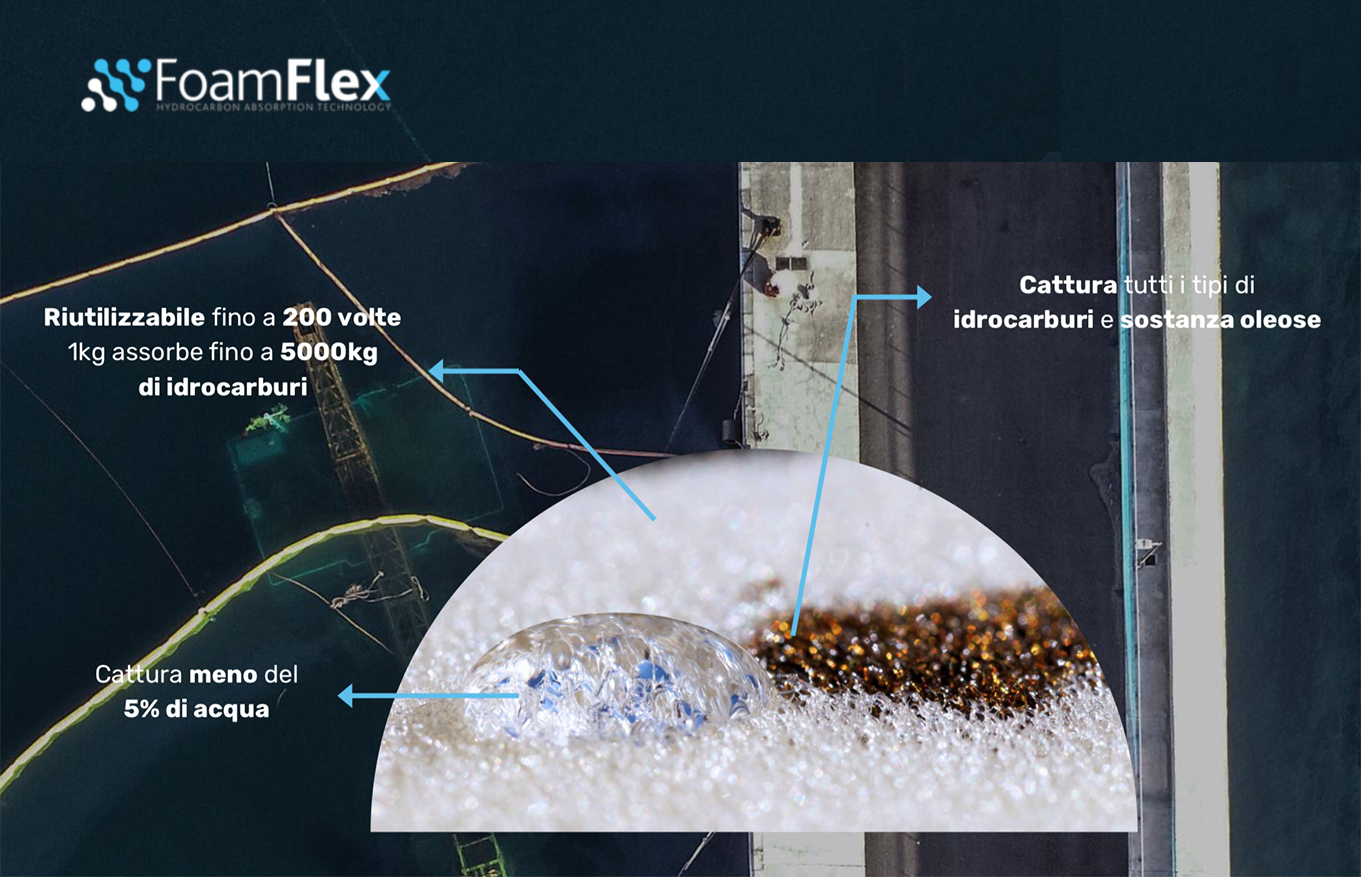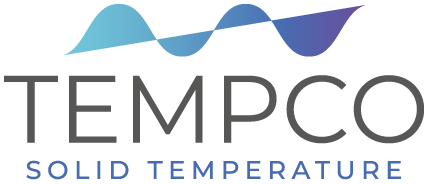On the subject of sustainable infrastructures and environmental and health protection in the event of accidental spills of diathermic oil in thermoregulation units, an alternative and very interesting product, which combines innovation and sustainability, is FoamFlex, an ecological polymer developed to prevent and eliminate pollution from oils and hydrocarbons.
Specifically, it is a reusable sponge developed by Test1 Solutions, an innovative SME owned by CDP, which in a short time is able to absorb and recover large quantities of oil, bringing a radical change towards green and sustainability in the management of oils and waste.

FoamFlex is a high performance oleophilic and hydrophobic sponge that is reusable after squeezing. The innovative sustainable material developed by T1 is able to absorb industrial oils, fuels and dielectric oils, and can be squeezed and recycled up to 200 times, maintaining the same performance and reducing disposal costs for industry and infrastructures by 93% and the carbon footprint by 98%, thanks to a drastic waste reduction.
The material allows the recovery of oil only, 1 kg of material absorbs up to 5.000 kg of hydrocarbons, and not water, which is captured in a percentage of less than 5%. The squeezing process is simple and fast, and can be done with both manual and automated methods. The material is compatible with all types of oils and hydrocarbons, and the recovered oil can also be classified as used oil and returned as a resource in a circular perspective. Compared to traditional oil absorption methods, FoamFlex therefore reduces the CO2 emissions by over 99%, and can be reused without generating solid waste.

FoamFlex thus represents a sustainable solution to mitigate the environmental impact, for example, of thermoregulation units using diathermic oil or dielectric fluids for cooling of transformers in the event of accidental oil spills. These, if not managed correctly, in addition to being harmful to the environment, represent a potential cause of accidents at work, such as slips, fires, fumes and skin irritations. Thus offering a valuable ecological solution in terms of safety, health and protection of the environment and biodiversity.
